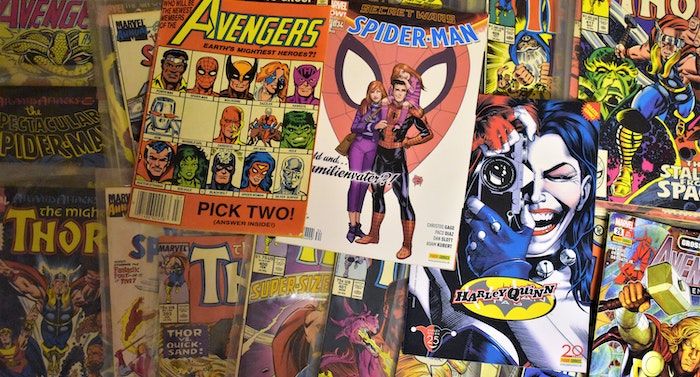Illustrated folios and wooden plates have been categorized as important artistic and political devices since the early points in most civilizations. Graffiti in Roman cities were political, but also crude and funny. Illuminated manuscripts contained holy images, but also doodles that have baffled historians for centuries. Illustrating a story to make it more appealing to an audience has been at the forefront of the human mind since its early existence in caves. So, when we talk about the evolution of graphic novels and comics, we are also talking about historical events, political debates, and even fashion.
So, the way I decided to structure this post is through a timeline evolution. That way, not only will you be able to see different art styles, but also understand a little bit of the background behind each one. I hope that if you are already a major fan of graphic novels and comics, you will understand their context a bit better, or if you are just now becoming interested in them as a medium, that you can have a well-rounded list to explore. There are excellent resources on the history of illustrated storytelling, many of which are online for free. Most of the historical context, and archives on big comic companies, such as DC and Marvel, are available online on museum websites, such as the Norman Rockwell Museum, and on publishers’ websites.
Before we get into the specific art styles and evolution throughout time, I think it’s essential to go through some term definitions. What are graphic novels exactly, and how do they differ from comics or trade paperbacks? According to the Norman Rockwell Museum archives on illustration media, graphic novels are never before told stories, generally compiled into one single volume. However, the term includes ‘novel’; not all graphic novels are fiction. Many are also memoirs, which may be written and illustrated by the same person, instead of a team. Comic books and trade paperbacks, on the other hand, are serialized stories, often contained in an already preconceived universe and storyline. Some comics are continuously written and illustrated by a wide range of artists, changing every few years, to give way to a new artistic concept or storyline. They should also not be confused with comic strips or cartoons, both of which tend to be formatted to fit a newspaper or magazine section, and do not always require serialization or a range of characters.
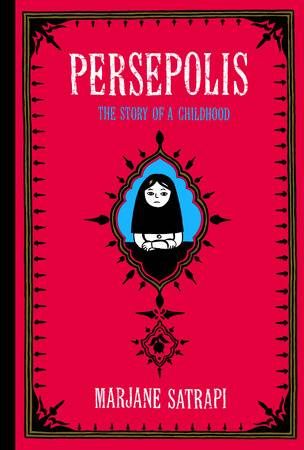
For the purposes of this post, I’m going to use the definitions above when talking about the different artistic styles and books, while also including manga when specifically talking about Japanese style comic books, which are often but not always exemplified by their black and white palette and explicit aesthetic details. So, for instance, Marvel and DC superheroes are mainly featured in comic books, but something like Persepolis by Marjane Satrapi would fall into the category of graphic novel, even though the story contained in it is a memoir.
1897–1938
As I mentioned before, we could start reviewing the history and influence of illustrated storytelling all the way back to cave paintings, illuminated manuscripts, and Greek vases; however, as that should be the role of someone actually well versed in art history, writing a book on the subject, or, just to be honest, more qualified than myself, I decided to start from the early onset of serialized comic books as we know them today.
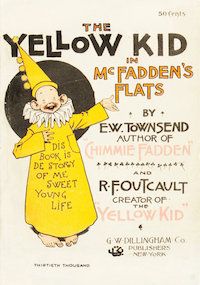
The Platinum Age of comic books owes most of its purpose to political cartoons and propaganda. Yep, you heard it here first, Superman and Captain America are not apolitical, much less without an agenda. However, the first-ever comic book was a simple collection of works previously published on a comic strip, marketed to kids due to its slapstick humor and short storylines. That book was The Yellow Kid in McFadden’s Flat, published in the UK in 1897, and the notable thing about it is that it actually acknowledged itself as a “comic book,” a terminology which wasn’t used until that point. Yeah, the name isn’t great, which was a trend at that time and for most comics history. Racially motivated stereotypes and names, even if this one, in particular, isn’t a descriptor of the character (although there are some very bad racial stereotypes in these strips) but rather is yellow dress and relation to “yellow journalism” (AKA sensationalism). These stories were very prominent and used to disseminate misinformation and propaganda, as we will see more clearly later on.
This would pave the way to the standard format we see today, with glossy covers and colorful illustrations in 1922, very informative titled Comic Monthly. It wouldn’t be until 1935 when the precursor of DC comic’s, National Allied Publications, created the ‘modern’ superhero. Consequently, a cult following began to appeal to an older audience, with longer storylines, more complex artwork, and ultimately an identity. But the cult following and wide-spread pop culture influence would only come later in the 1950s with mass production.
1938–1956
This era, known as the Golden age, was mostly marked by the raving political propaganda that surrounded all the World War II period. Captain America showed up in his modern form we know him as, and many other superheroes like Wonder Woman and Superman started selling in huge scales.
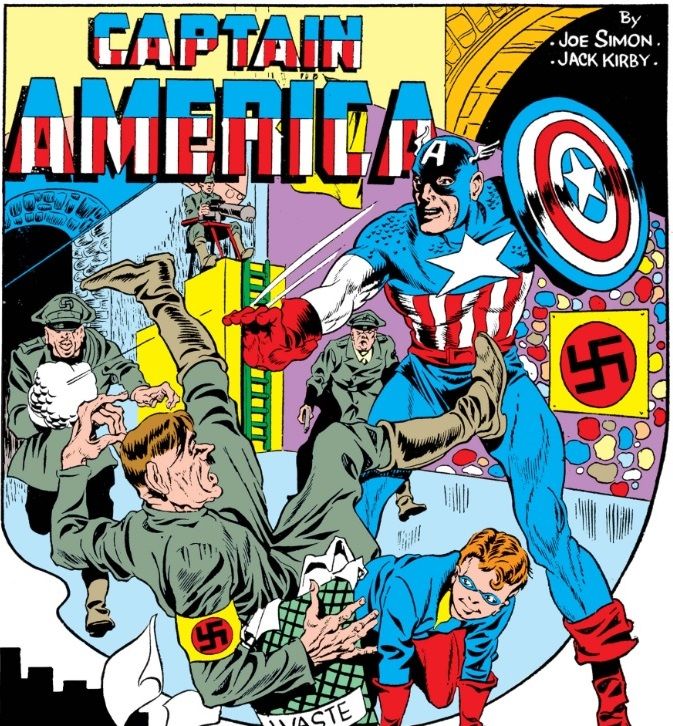
During the war period, comic book consumption skyrocketed, becoming not only an established past-time for young boys but also a fertile ground for the recruitment of young men into the Army. The government discovered the value of comic books as a medium: the mass production of entertainment in the follow-up to the war had a built-in market for endless storytelling showing the glorious victory of the U.S. over the Nazis. Because comic books were seen as a low-brow form of entertainment, they were ideal for the American government in disseminating patriotic and anti-Japanese and anti-Nazi ideals, without seeming too close to actual propaganda. The new world order made heroes and villains in comics the perfect recruitment technique.
Captain America was ahead of the curve in that sense. It was already being published before the U.S. entered the war, and the debate of whether the Americans should join was still in full swing. So, having Captain punching Hitler in the front cover was not uncontroversial, as there were still some mainstream Nazi sentiments among the political debates in the U.S.
By 1944 Comic books were so popular with men in the American Armed forces that around 44% of men in the Army identified themselves as avid comic book readers. Superheroes following in the footsteps of Captain America became poster boys for American’s fighting in World War II, and because of it, their stories became explicitly tools of propaganda. This was due to the fact that the Office of War Information (OWI) created what became known as the WWB (Writer’s War Board), that although it was not explicitly in the government’s payroll, had its offices and guest editors provided for by the OWI.
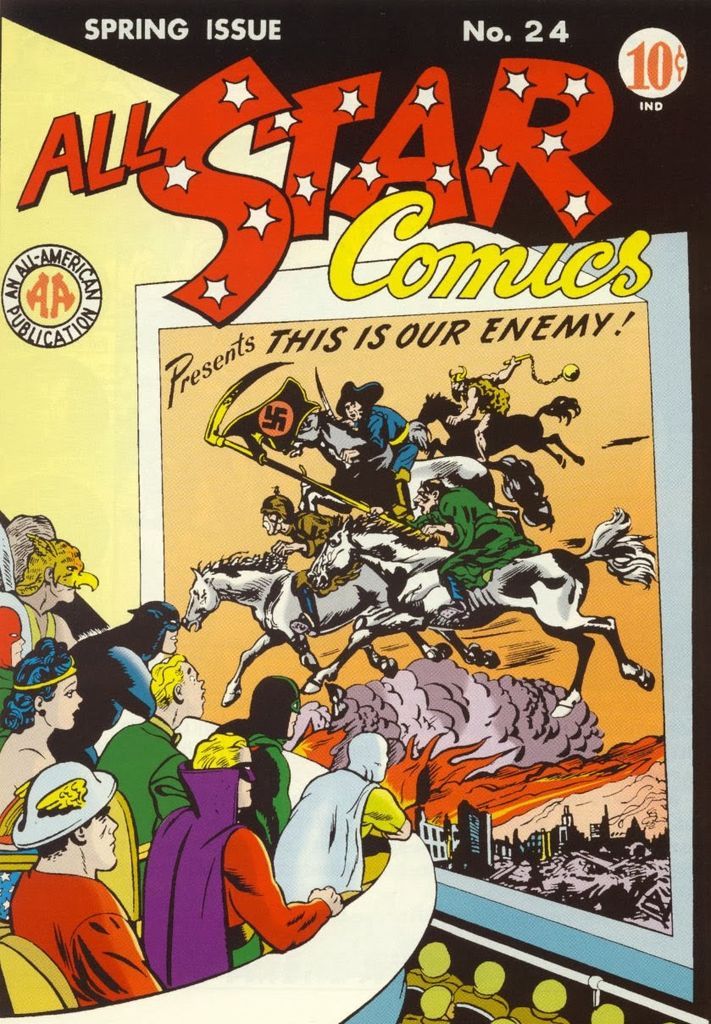
This was ultimately a mostly benign thing during the war period, as these institutions’ main goals were to disseminate anti-racist ideals and international cooperation later on through the image of the United Nations. However, many of the storylines, which were seen as a new way towards educating Americans in more informal ways, backfired. Researcher Paul Hirsh gives one example on his article of the famous issue of All-Star Comics “This is Our Enemy,” which portrayed the four horsemen of the apocalypse waving the Nazi flag while members of the Justice League look on horrified. Federica Barach, a member of the WWB, reported that her children interpreted the board approved anti-racist narratives as more educational pieces on how racism was inevitable rather than wrong. Hirsh also points out that anecdotal evidence from several board members showed that anti-racist messaging was not being received as it should be widely acknowledged. However, tactics did not change, which possibly lead to ultimate failure in the reception of these narratives, which would lead to a fall of comic book production and consumption in the post-war period, where the incentivizing of pro-war narratives were not as highly coveted, and so Super-Hero lost a lot of their popularity to other mass-produced genres like romance, westerns, and horror.
1956–1970
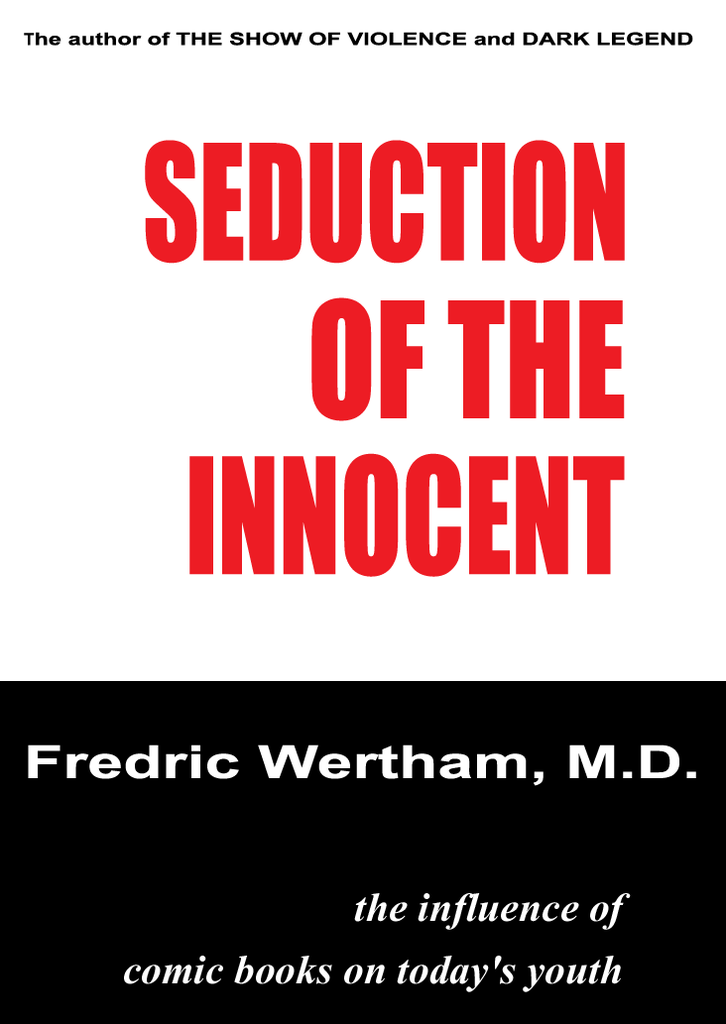
The censorship of comic books only grew in the post-war period, after psychiatrist Fredric Wertham published a book entitled Seduction of the Innocent, claiming that comics were corrupting young American minds, and more specifically that characters like Wonder Woman and Batman and Robin promoted ‘homosexual ideals.’ His book inspired such a popular frenzy that he was eventually called to testify in the Senate Subcommittee on Juvenile Delinquency.
This censorship frenzy and parent panic led comic book companies to cancel some of their most popular titles in genres other than superheroes. Even so, several superhero storylines were continuously censored, and production became very sparse. Storylines became less complicated and political, and gimmicks like animal superheroes and celebrity feature joined adventures across the DC and Marvel universe.
By the mid 1960s a shift happened, specifically in Marvel comics. Stan Lee became the head of Marvel’s creative team, creating what we now know as “The Marvel Method,” which allowed for greater collaboration between artists and writers. This period saw the rise of complex heroes like Spider-man, Fantastic Four, and the Hulk. With darker storylines and more human personalities, these characters became more identifiable and marketable than the exhausted simplistic and invisible superhero that had characterized the boom of the 1940s and ’50s.
The 1960s also ushered in the creative underground of comics, with artists with more innovative and some times risky designs, which led to people like Wertham and many other mainstream political actors to denounce comics as immoral and subversive to “good American ideals.”
1970–1985
Around the late 1960s, superheroes began reinventing themselves. With the age of Aquarius and the hippie movement, kaleidoscopic art, and the Sergeant Pepper era of the Beatles, both the artwork and storylines became more complex and a bit trippy. Marvel comics became a household name when it came to innovation and artist development, and they had a fully formed and popular catalog of heroes to rival DC.
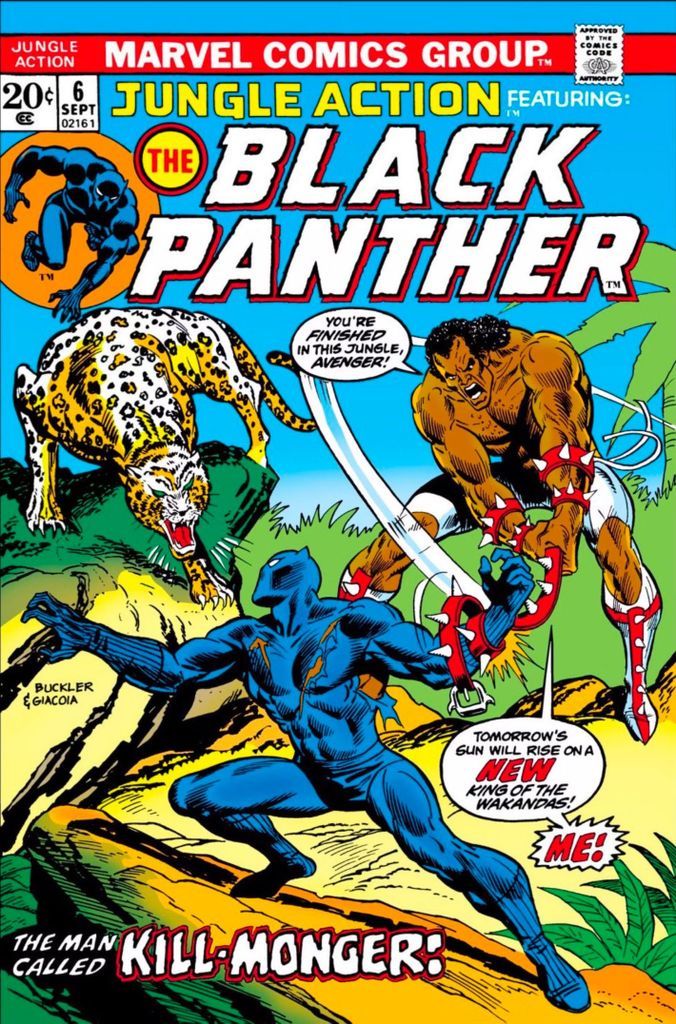
Another remarkable facet of this time period is the return to more relaxed restrictions on violence, political issues, and themes. Horror comics, for instance, gained more space, as did more socially conscious narratives. Unlike the wartime narratives of racial inclusivity and American social progress, these new narratives found characters of color at their center. They dabbled into the aggressions African Americans suffered at the hands of police and denounced the racism present in American society, rather than denying it.Thus they were more effective in their message. There wasn’t room for interpretations (which lead many readers to see racial prejudice as inevitable, as was the case in the 1940s–’60s); instead, many superheroes of color like Storm and Black Panther took center stage, with their own narratives. With that, comics went deeper into exploring the social politics of their time, which at that moment were not considered mainstream.
This would also lead to the preamble to what would become known as the Dark Ages, where art styles and narratives would take darker tones. Suddenly superheroes had very human problems, like alcoholism and drug addiction.
1985–1996
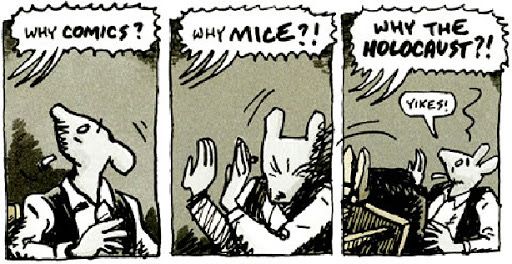
The aforementioned “Dark Age” was defined by both the darker tones in comic styles and the darker topics. A very good example of this style is Watchmen, which reflects a disenchantment with the American superhero and the more adult themes that were becoming popular in the medium.
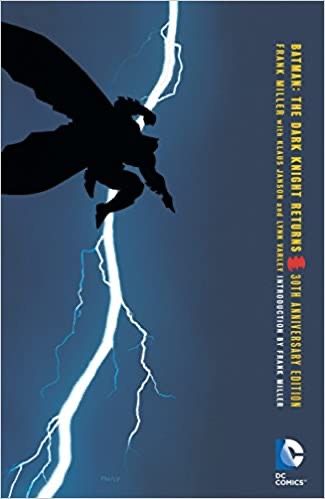
Many of these narratives are still popular today, especially in the DC universe such as Batman’s The Dark Knight Returns; however, sales slumped across the board, leading to Marvel Comics filling for bankruptcy in 1996.
Another big facet of this time is the rise go the graphic novel, more remarkably; Maus by Art Spiegelman was published in November 1996. A pioneer for its time, Spiegelman’s autobiographical story of a Jewish family trying to survive Nazi-occupied Poland completely changed the medium that, up until this point, was still seen as only a low-brow form of entertainment.
Age of Manga
In the 1980s, another new style took over the world, the Japanese comics known to most of us now as Manga. Manga nowadays has many different styles, but the most defining characteristic is the black and white color palette and the exaggerated emotional expressions.
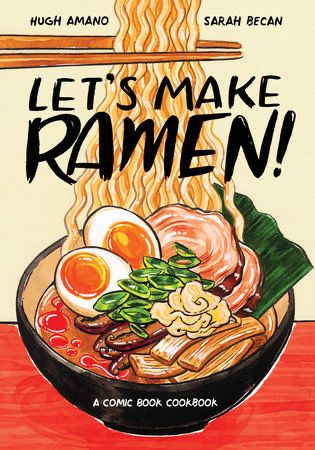
Manga in Japanese can literally mean comic book or comic strip, and it developed as an art form from the old woodblock illustrations that have been present throughout Japanese history. The modern manga style only gained mainstream notoriety in the 1980s when Japan became a household name in terms of international technology and entertainment.
One of the most versatile types of illustrated storytelling, mangas—like American comic books—started out being exclusively marketed to children, but soon expanded to encompass every aspect of human life. From overtly specific categories like cookbooks and even tech manuals to the more mainstream subjects like horror, romance, and comedy.
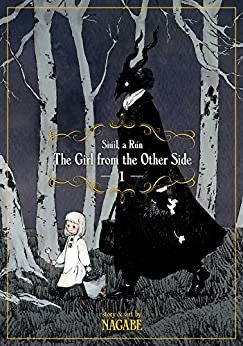
Today you can find a manga for any taste and genre you might like. I would highly recommend you explore Manga! Manga! The World of Japanese Comics by Frederik L. Schodt, where I got all the information regarding the rise of manga for this article. If you want a more in-depth history and artistic analyzes of Manga as an art form, this book is a great source.
1996–2020 and Beyond
Comics today are some of the most popular mediums in the book world, as technology has allowed for more democratic outlets for both artists and readers. Mainstream publishers DC and Marvel are now the giants of the industry and have taken over almost every corner of entertainment you can find. Let’s be honest; it’s hard to think of a single year for the past ten years in which a superhero movie hasn’t been in theaters.
Plus, nowadays, artistic styles have branched out a lot more, so if you don’t like the classic superheroes, you are certain to find something to your liking. Like the Brazilian brother’s Gabriel Bá and Fabio Moon‘s cubic and watercolor influences. Or the many iterations of essential classics being adapted to graphic novels, like Parable of the Sower by Octavia Butler or Anne Frank’s Diary of a Young Girl.
Comics are a fascinating format, in which the visual arts and literature meet in a unique but at the same time, timeless medium. So whether you want to learn more about the history of comics or just relax with your next favorite issue, there’s something for you.
